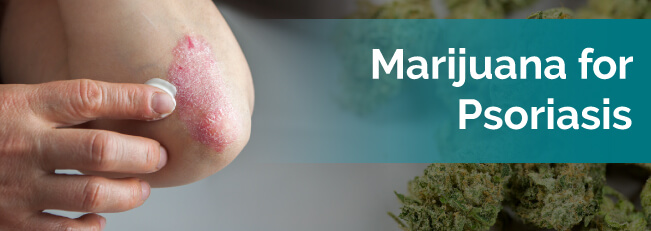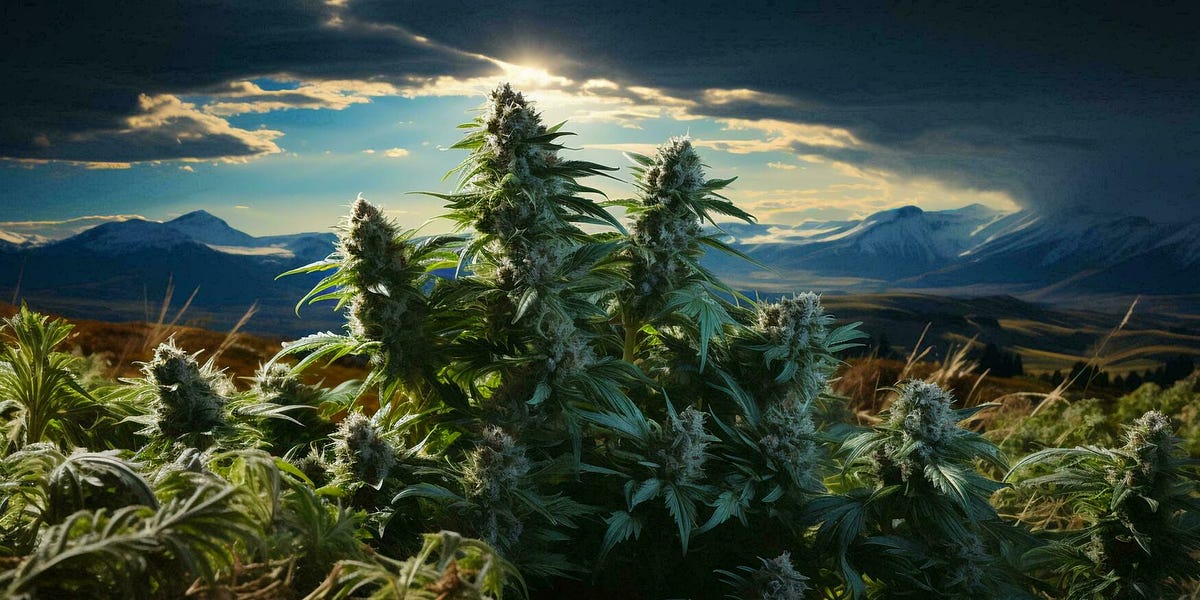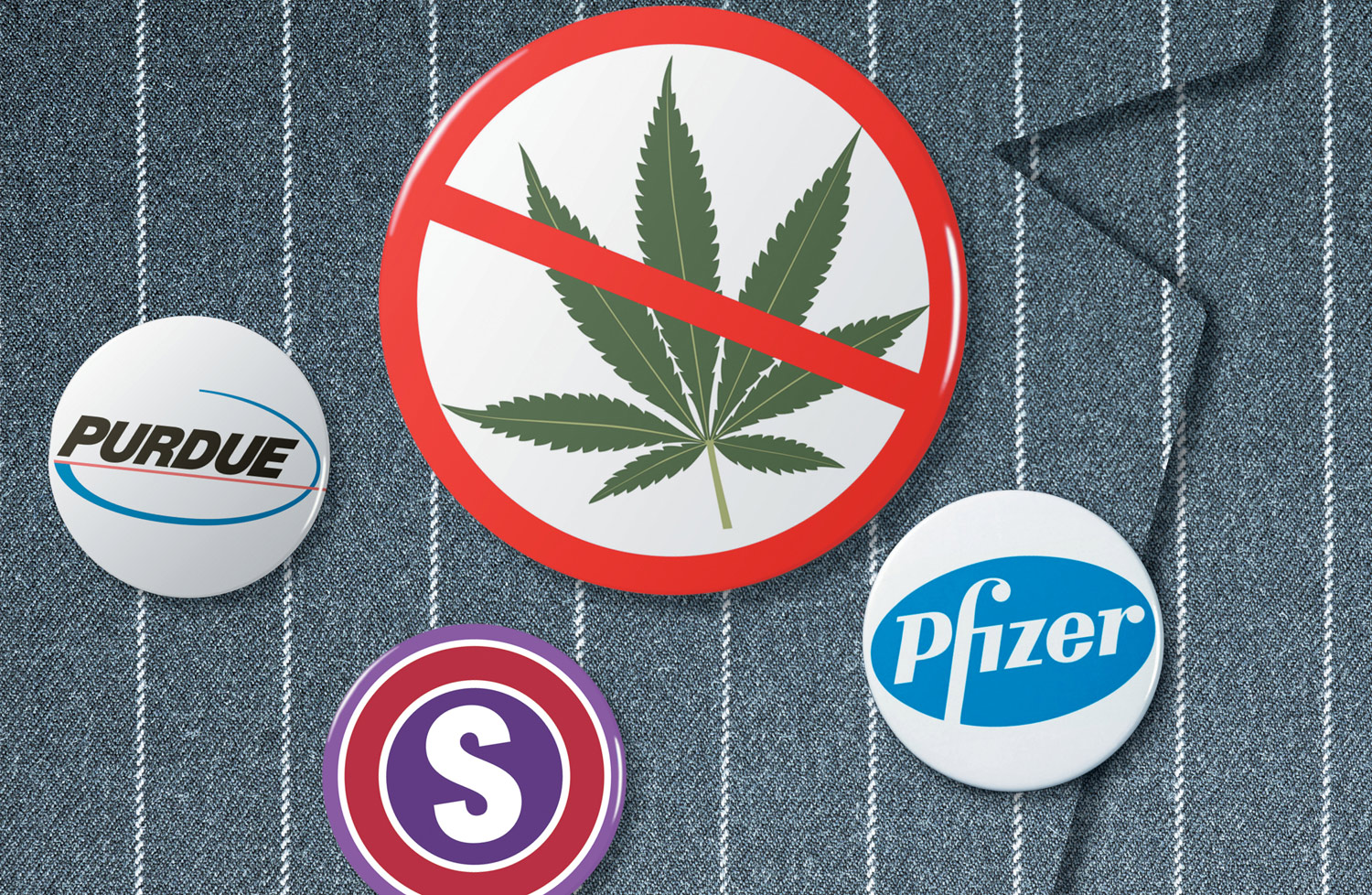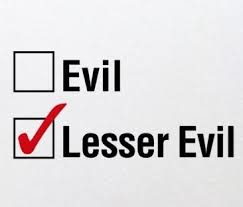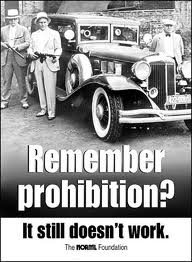
I use cannabis as a medicine and often avoid getting a buzz or high. I enjoy smoking a little more at times with family or in the evenings to relax. How do you view cannabis? Is it a medicine or recreational?
The benefits of cannabis were known back in ancient medicine practices and are widely excepted today. However, some organizations and Politicians refuse to accept the evidence due to possible bias toward positive findings, and they want to continue to run studies to determine if there is actually medical benefit.
Let the plant speak for itself. Facts speak for themself. What do you use cannabis for?
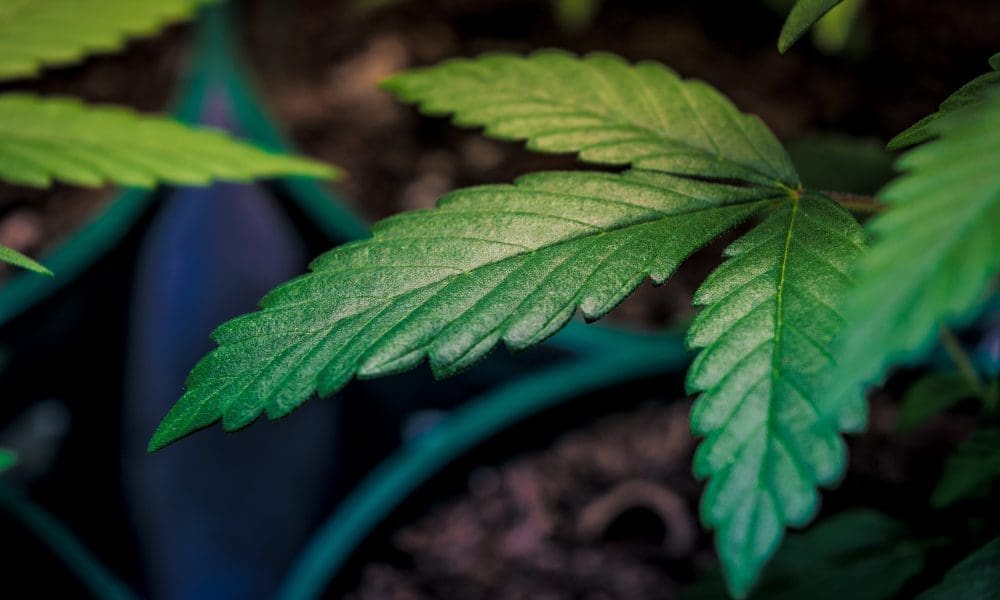
People With Anxiety Report Better Sleep On Days They Use Marijuana Compared To Alcohol Or Nothing At All, Study Finds
People with anxiety experience better quality sleep on days when they use marijuana compared to days when they use alcohol or nothing at all, a new federally funded study has found. For the study, published in the journal Drug and Alcohol Review, researchers at the University of Colorado...
People With Anxiety Report Better Sleep On Days They Use Marijuana Compared To Alcohol Or Nothing At All, Study Finds
Published
3 weeks ago
on
November 24, 2023
By
Kyle Jaeger
People with anxiety experience better quality sleep on days when they use marijuana compared to days when they use alcohol or nothing at all, a new federally funded study has found.
For the study, published in the journal Drug and Alcohol Review, researchers at the University of Colorado, Colorado State University and University of Haifa analyzed the subjective sleep quality of 347 people who reported using cannabis to treat anxiety. They wanted to understand the different ways sleep was affected by the use of marijuana, alcohol, neither or both on a given day.
To that end, people participating in the study were asked to fill out daily surveys for 30 days, recounting their substance use and subjective sleep experience the night prior. Researchers compared outcomes from non-use days, cannabis-only days, alcohol-only days and co-use days.
“Compared to non-use, participants reported better sleep after cannabis-use-only and after co-use, but not after alcohol-use-only,” the authors, who received funding for the study from a National Institutes of Health grant, wrote.
The study also identified a relationship between the frequency of marijuana and alcohol use and sleep outcomes. People who used the substances more frequently reported greater sleep quality on days when they only used cannabis compared to less frequent marijuana and alcohol consumers.
“The study’s utilization of naturalistic data among individuals with anxiety symptoms replicated previously reported experimental findings among individuals without sleep and anxiety problems that overall, cannabis is associated with higher subjective sleep quality,” the researchers said. “The results expand upon other research to suggest that more frequent use of alcohol and cannabis may moderate daily associations of cannabis use and sleep, potentially through pharmacokinetics and cross-sensitization.”
The authors said their hypothesis about the impact of marijuana use alone on sleep was “confirmed,” as both cannabis-use only and co-use days were “linked to higher perceived sleep quality versus non-use.”
“Sleep quality was notably better after cannabis-only days compared to co-use days,” they said. “These findings add to the emerging evidence of cannabis’s sleep-enhancing properties.”
While alcohol has also been found to help people fall asleep, the study supported prior findings that it does not enhance overall sleep quality, especially compared to cannabis.
Interestingly, the research also signaled that the sleep effects of cannabis alone did not weaken over time for people who reported more frequent use of marijuana and alcohol, suggesting that tolerance didn’t influence sleep quality.
In fact, results suggest a contrary pattern: “better sleep quality post-cannabis use days (compared to non-use days) among those frequently using cannabis,” the study says. “This could be due to higher doses used by frequent users, potentially tied to better sleep. However, understanding various cannabis combinations and ratios’ sleep effects remains limited, requiring further research.”
“The simple slope analysis showed that none of the slopes differed from zero, and thus that there was no difference in sleep quality after no-use days across those who use cannabis more and less frequently. This refutes an alternative interpretation of the interaction effect, namely that people who use cannabis more frequently experience withdrawal-related sleep problems after non-use days.”
Because the study included data on people who used different types of cannabis (both in terms of dosage and product selection), researchers said there are open questions about how certain concentrations and cannabinoid profiles affect the results, so future clinical trials could help fill those knowledge gaps.
“There is an urgent need for experimental studies investigating the effects of cannabis and alcohol on sleep,” they wrote. “Our study suggests that cannabis may exert positive effects on subjective sleep quality among individuals intending to use cannabis to cope with anxiety.”
“Day-to-day alcohol use may have less of an impact on sleep in this population when used without cannabis, and when co-used with cannabis, alcohol may mitigate positive sleep effect of cannabis,” the study concludes. “Further research is needed to investigate the moderating role of frequency of cannabis and alcohol use on more immediate associations between sleep and substance use. This is particularly pressing in populations seeking to use cannabis to cope with anxiety as this population may be prone to alcohol and cannabis misuse and sleep problems.”
Relatedly, a separate recent survey of cannabis consumers with sleep issues found that most preferred to use marijuana instead of other sleep aids to help get to bed, reporting better outcomes the next morning and fewer side effects. Smoking joints or vaping products that contained THC, CBD and the terpene myrcene were especially popular.
Quality of sleep often arises in other studies into the potential benefits of marijuana, and generally, consumers say it enhances their rest. Two recent studies, for example—one involving people with chronic health conditions and another looking at people diagnosed with neurological disorders—found that sleep quality improved with cannabis use.
A 2019 study, meanwhile, found that people tended to purchase fewer OTC sleep medications when they have legal access to marijuana. In particular, authors of that study noted, “cannabis appears to compete favorably with OTC sleep aids, especially those containing diphenhydramine and doxylamine, which constitute 87.4% of the market for OTC sleep aids.”



